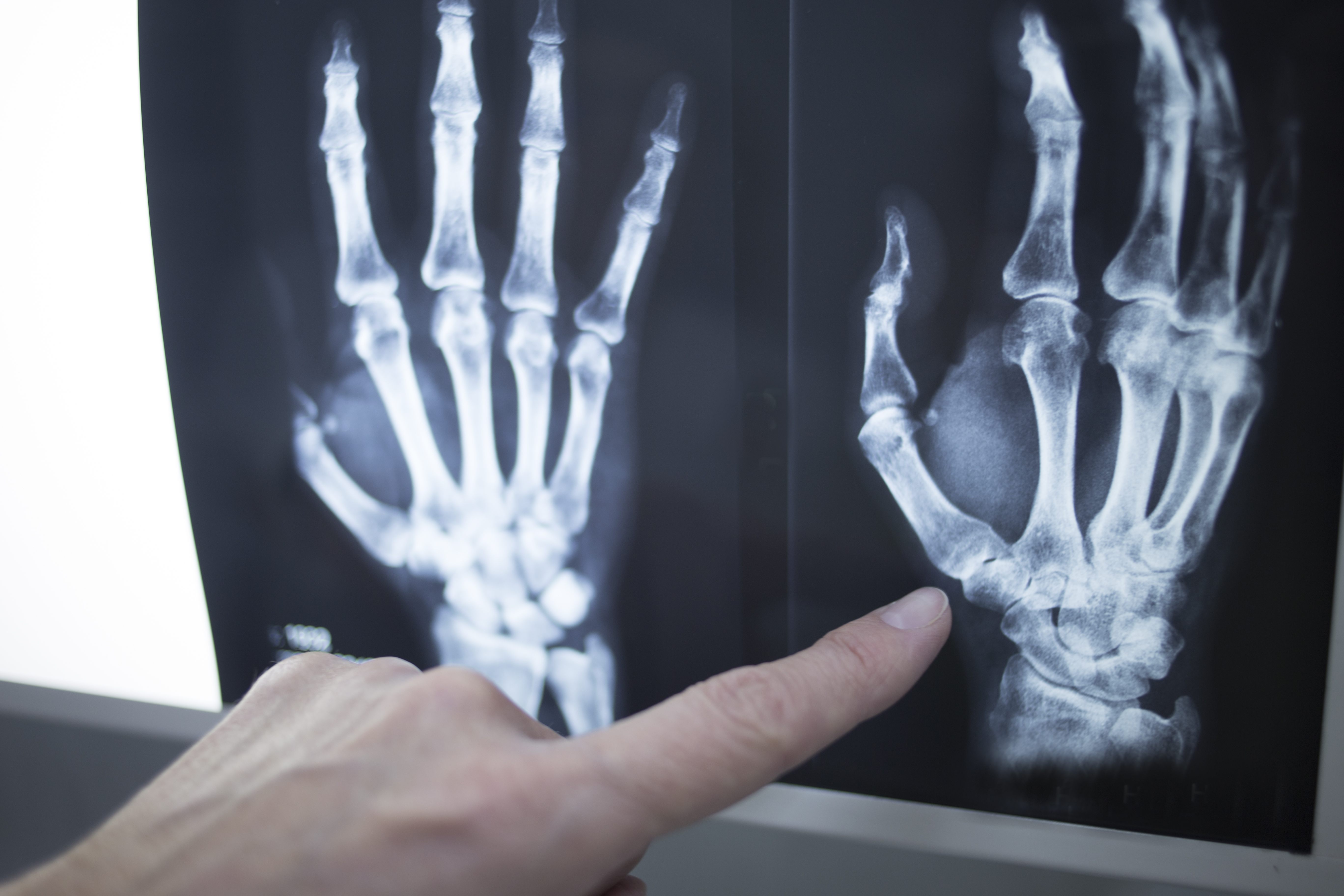The thumb carpometacarpal joint, or CMC joint, is a very common place for arthritis to occur, especially in women. Debilitating joint pain at the thumb can also be managed quite successfully with non-operative methods, such as bracing, exercise regimen, medications, and injections, but sometimes the pain persists and limits our quality of life. Fortunately there are surgical procedures to help treat those thumbs that cannot.
Treatment Options
Surgical treatment of arthritis at the carpometacarpal (CMC) joint, or base of the thumb, is called arthroplasty. There are many variations in how the procedure can be performed, including:
- Hematoma distraction arthroplasty
- Ligament reconstruction & tendon interposition
- Suspensionplasty with mini tight rope
- Implant arthroplasty
- Arthroscopic resection, or hemiresection and interposition, arthroplasty
The common thread with each procedure is removal of all or part of the trapezium, which is the small bone below the thumb metacarpal. By removing this bone and is osteophytes (bone spurs), the pain is alleviated from the arthritic condition. By removing the bone, important ligaments are rendered useless and instability of the thumb may occur. This is where the variations in treatment come from.
Suspensionplasty with mini tight rope
Studies have shown that there isn’t a measurable difference in success, complications, or failures of the different types of surgery for treatment of thumb arthritis. The most common technique Dr. Larson uses is a complete trapeziectomy with Suspensionplasty. With a suspensionplasty, the trapezium is removed, but instead of transferring a patient’s tendon to recreate the function of the lost ligaments, a medical device that has 2 small buttons connected by strong suture material is passed from the base of the thumb metacarpal to the index finger metacarpal. The two small buttons act as anchors on the far sides of the metacarpals, and the strong suture material that makes up the device is tensioned to provide thumb stability. While there is an extra incision on the back of the hand that is needed to place the implant, this takes away the need to make a separate forearm incision and the need to sacrifice a nearby tendon. A suspensionplasty generally allows for earlier motion and less pain.
Other procedures may need to be performed along with a CMC arthroplasty procedure, such as treatment of the next thumb joint, the metacarpophalangeal (MCP) joint. The MCP joint of the thumb frequently with hyperextend, or bend back too far, to accommodate for the thumb CMC joint’s loss of motion due to the arthritic processes. Depending upon the degree of hyperextension, a procedure such as a volar capsulodesis, an Extensor Pollicis Brevis tendon transfer, or an MCP joint fusion may be required to re-establish proper thumb mechanics and ensure that the CMC arthroplasty procedure functions properly and keeps is longevity.
Regardless of the procedure type, patients should experience relief of pain and improvement of thumb and hand function. There are pros and cons of each surgical method, with slight variations in post-operative recoveries. Please speak with your physician for more details.
Please call 940-299-HAND to schedule an appointment with Dr. Timothy B. Larson, MD to see if Thumb CMC Arthroplasty is right for you.
More information for post-operation care for a thumb CMC Suspensionplasty procedure can be found here: Thumb CMC Suspensionplasty Post-Op Care
